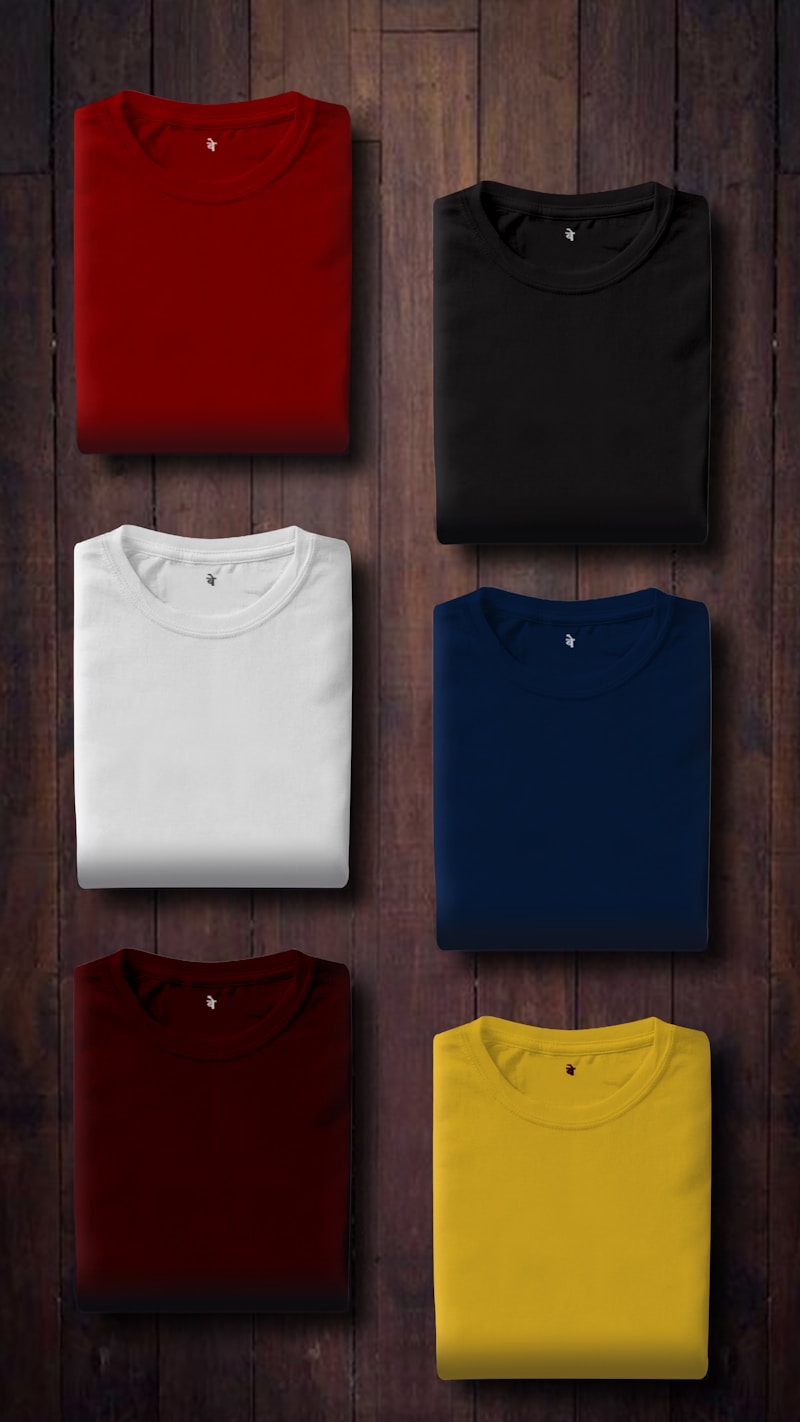Fit and Comfort Considerations: The Key to Choosing the Perfect Apparel
Fit and Comfort Considerations: The Key to Choosing the Perfect Apparel
Understanding Fit and Comfort
When it comes to selecting clothing, whether for everyday wear or special occasions, the concepts of fit and comfort are paramount. These considerations often play a crucial role in customer satisfaction and long-term loyalty to brands. In this article, we will explore various aspects of fit and comfort in apparel, how they influence consumer choices, and tips for finding the perfect fit without sacrificing comfort.
Importance of Fit in Apparel
A well-fitting garment enhances the wearer’s confidence and overall appearance. The importance of fit cannot be overstated; it can make or break your outfit. Regardless of the latest fashion trends, the right fit will always remain in style. Here’s what you should look for:
| Fit Types | Characteristics |
| Tailored Fit | Slimmer silhouette, closer to the body, typically more formal. |
| Regular Fit | Standard style that suits most body types, providing a balance between slim and loose. |
| Loose Fit | Relaxed and comfortable, allows for more movement, usually less structured. |
The Role of Fabric in Comfort
One of the key factors contributing to comfort is the fabric used in clothing. Different materials react differently to body temperature, moisture, and movement. Here are some common fabric types and their comfort levels:
- Cotton: Breathable and soft, making it a popular choice for casual wear.
- Wool: Excellent for regulating temperature, providing warmth without bulk.
- Polyester: Durable and wrinkle-resistant, though it may not be as breathable as other fabrics.
The right fabric not only adds to comfort but can also impact the fit. For instance, stretchy materials can offer a better fit for activewear, allowing for a range of motion.
Comfort vs. Style: A Balancing Act
Many consumers often find themselves in a dilemma: choose style over comfort or vice versa? The good news is that it’s possible to achieve a balance between the two. Here are some tips:
Invest in Quality
Choosing high-quality garments often leads to better fit and comfort. Brands that prioritize craftsmanship tend to offer pieces that retain their shape and feel better against the skin. Remember, some investment pieces can elevate an everyday outfit significantly.
Understanding Your Body Type
Everyone's body is unique, and understanding your shape can markedly improve the way you shop. This understanding can help you choose the right styles that cater to your fit needs:
| Body Type | Recommended Fit and Styles |
| Hourglass | Fitted tops and A-line skirts to highlight curves. |
| Apple | Empire waists and flowy fabrics to create balance. |
| Pear | Structured tops and flared bottoms to complement lower body. |
Testing the Fit and Comfort
Before making a purchase, it’s essential to try on items to assess their fit and comfort. Here are some pointers:
Movement Check
Always test how the garment moves with you. Bend, stretch, and walk around to ensure that the piece allows for a full range of motion without restriction.
Skin Sensitivity
If you have sensitive skin, be cautious about fabrics that may cause irritation. It’s wise to choose softer materials and avoid harsh finishes.
Consider Seasonal Factors
The right fit and comfort will also depend on the season. Fabrics that are comfortable in one season may not be suitable for another. For instance, a lightweight T-shirt may be perfect for summer, while a thick wool sweater is ideal for winter.

Common Questions About Fit and Comfort
When searching for the perfect fit and comfort, consumers often have several questions:
What should I do if my clothing doesn't fit well?
If you find that your clothing doesn’t fit as expected, don’t hesitate to consult a tailor. Tailoring can dramatically improve your fit and make your garments feel custom-made.
How can I determine if a fabric is comfortable?
Always feel the fabric against your skin when shopping. Additionally, consider how the material behaves when worn over a period of time to gauge comfort levels.
Should I prioritize fit or comfort when shopping?
Ultimately, it’s about finding a balance. Prioritize fit as it impacts your overall appearance, but never ignore comfort, as it affects how you feel in what you wear.
Conclusion
Fit and comfort are crucial to making informed apparel choices. The right fit not only enhances your silhouette but also boosts your confidence, while comfort ensures you enjoy wearing your clothing all day long. Understanding your body type, fabric choices, and quality can lead you to pieces that satisfy both criteria. It’s always a good idea to test garments before purchasing and to engage a tailor when necessary. Remember these tips the next time you shop to ensure you find the perfect balance between fit and comfort.
Final ThoughtsShopping for the right apparel should be an enjoyable experience. By focusing on fit and comfort, you can build a versatile wardrobe that reflects your personal style and keeps you feeling great. Consider your individual needs and preferences to guide your selections, and you will make purchases you genuinely love.
